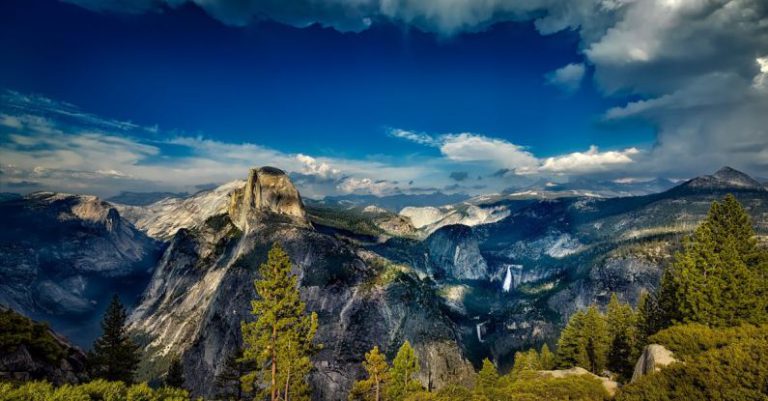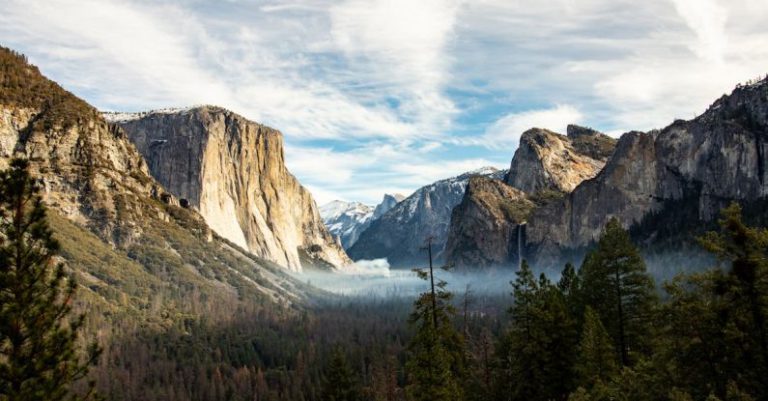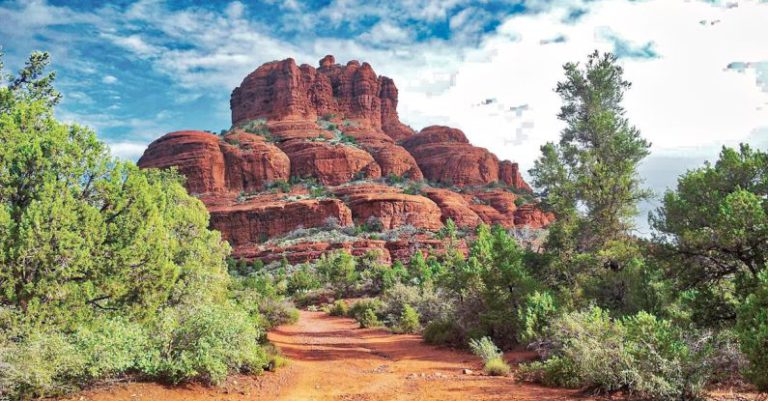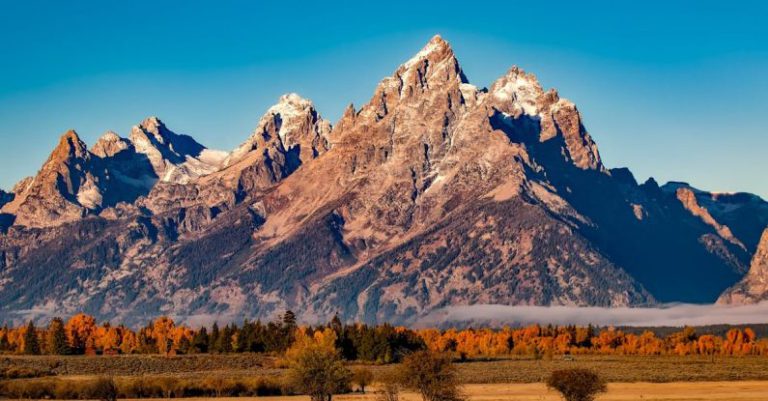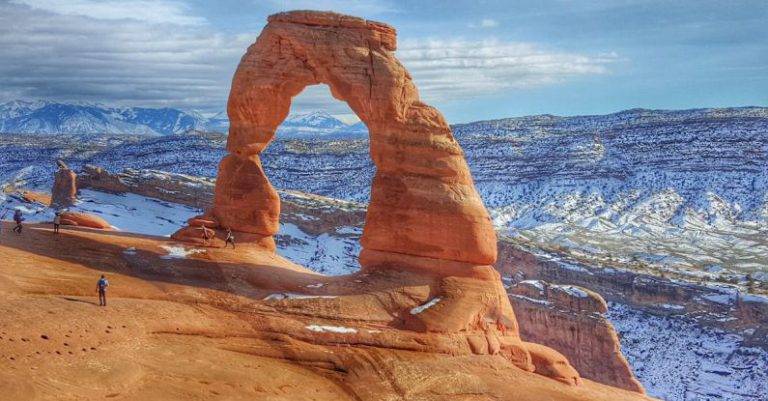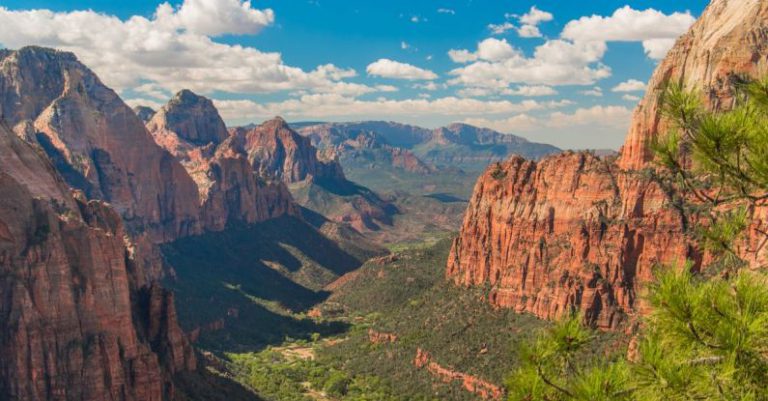
When winter arrives, many outdoor enthusiasts start planning their next adventure to a national park. Winter offers a unique and enchanting experience in these vast natural landscapes, with snow-covered trees, frozen lakes, and peaceful trails waiting to be explored. However, a winter trip to a national park requires careful planning and preparation to ensure a safe and enjoyable experience. From choosing the right gear to understanding the challenges of winter conditions, here is a guide on how to prepare for a winter trip to a national park.
Research the Park and Its Winter Conditions
Before embarking on your winter adventure, take the time to research the national park you plan to visit and familiarize yourself with its winter conditions. Each park has its own set of challenges during the winter months, such as extreme cold temperatures, heavy snowfall, or icy trails. Understanding these conditions will help you better prepare for what to expect and pack accordingly.
Check for any park-specific regulations or closures during the winter season, as some areas may be inaccessible or restricted due to weather conditions or wildlife preservation efforts. Additionally, research any necessary permits or passes required for winter activities in the park, such as backcountry skiing or snowshoeing.
Pack the Right Gear
Packing the right gear is essential for staying safe and comfortable during a winter trip to a national park. Start by investing in high-quality winter clothing that will keep you warm and dry in cold and snowy conditions. Layering is key to regulating your body temperature, so pack thermal base layers, insulating mid-layers, and a waterproof outer shell.
Don’t forget to pack winter accessories such as a warm hat, gloves or mittens, wool socks, and insulated boots with good traction for walking on snow and ice. Consider bringing hand warmers and a thermos for hot drinks to help you stay warm during breaks.
For winter activities like snowshoeing or cross-country skiing, make sure to pack the necessary equipment such as snowshoes, skis, poles, and avalanche safety gear if venturing into backcountry areas. A map, compass, and GPS device are essential for navigation, especially in areas with limited visibility due to snowfall or fog.
Plan for Safety
Winter conditions in national parks can be unpredictable and potentially hazardous, so it’s important to prioritize safety when planning your trip. Inform someone of your itinerary and expected return time, especially if you plan to venture into remote or backcountry areas. Check the weather forecast regularly and be prepared to adjust your plans if conditions deteriorate.
Carry a basic first aid kit, emergency supplies such as high-energy snacks, water, a headlamp, and a multi-tool in case of unexpected situations. Familiarize yourself with basic winter survival skills such as building a shelter, starting a fire, and treating cold-related injuries.
Be mindful of wildlife encounters, as some animals may be more active during the winter months in search of food. Store food securely and follow park guidelines for wildlife safety to avoid any potential conflicts.
Enjoy the Solitude and Serenity of Winter
Despite the challenges and preparations involved, a winter trip to a national park offers a unique opportunity to experience the beauty and tranquility of nature in its frozen state. Embrace the solitude and serenity of winter landscapes, where the only sounds you may hear are the crunch of snow under your feet and the whisper of the wind through the trees.
Take the time to slow down and appreciate the small details of winter, from frost patterns on tree branches to animal tracks in the snow. Capture the magic of the season through photography or journaling to preserve your memories of this unforgettable experience.
In conclusion, preparing for a winter trip to a national park requires careful planning, the right gear, and a focus on safety. By researching the park and its winter conditions, packing the necessary gear, planning for safety, and embracing the solitude and serenity of winter, you can make the most of your winter adventure in the great outdoors. Stay warm, stay safe, and enjoy the beauty of winter in a national park.
